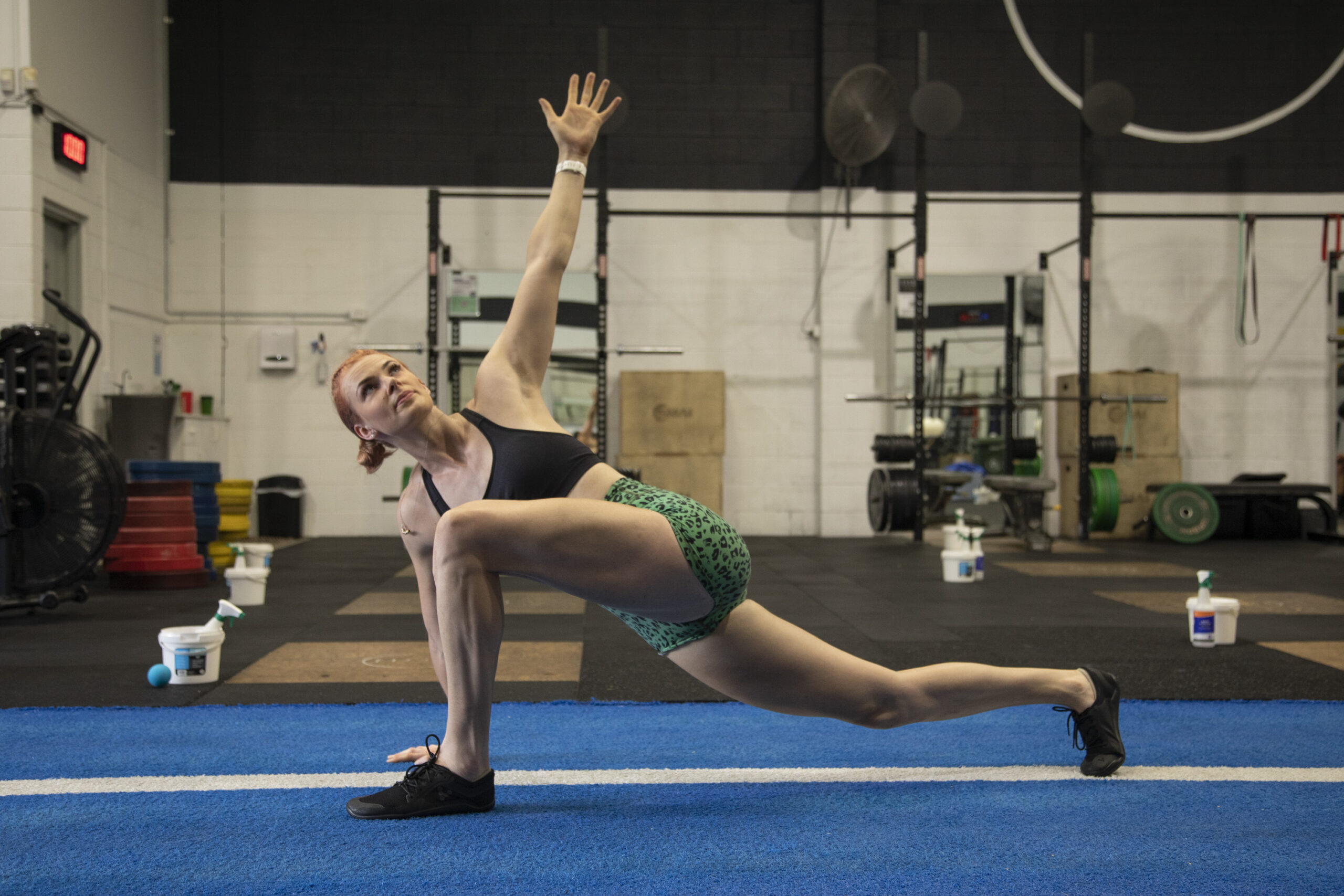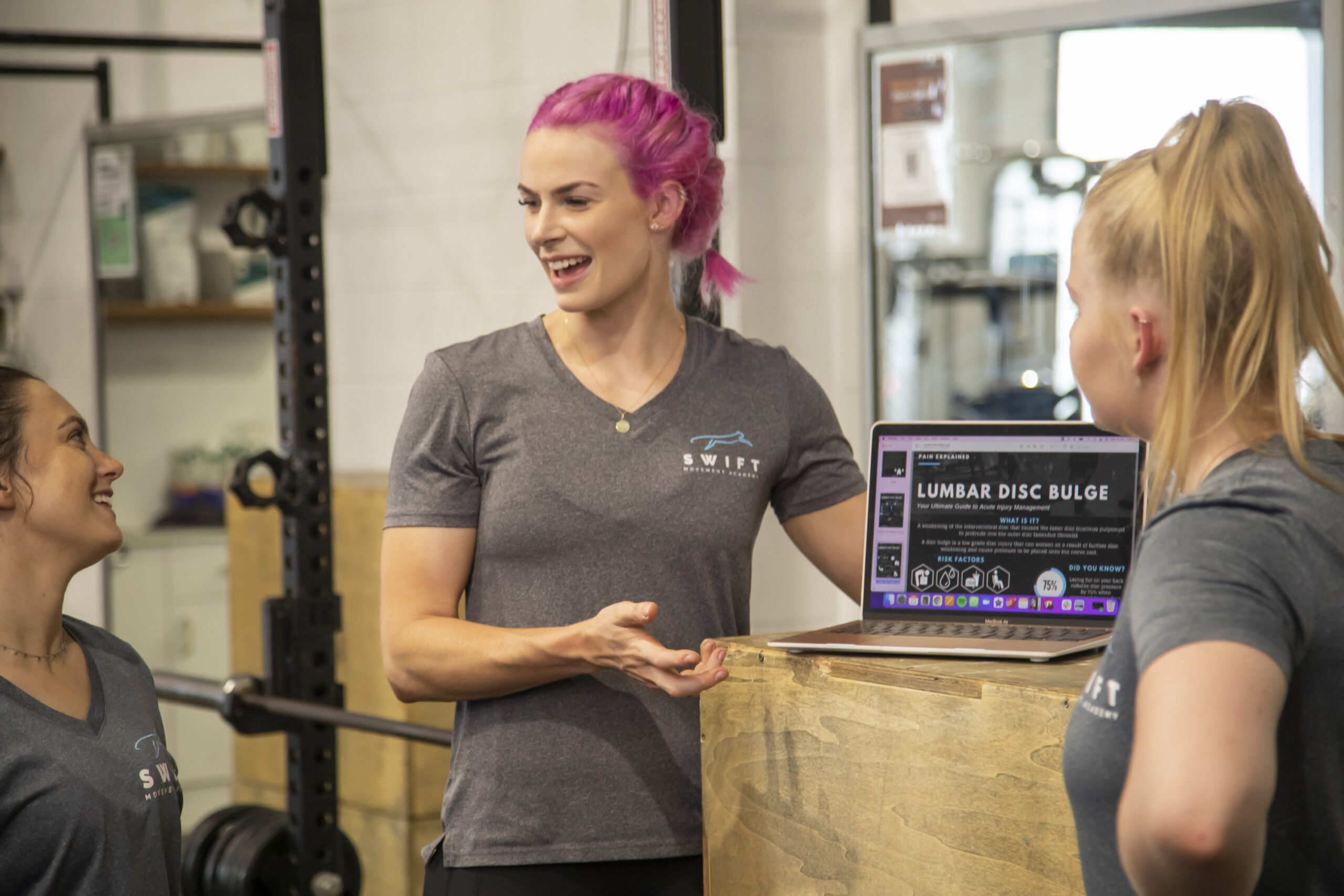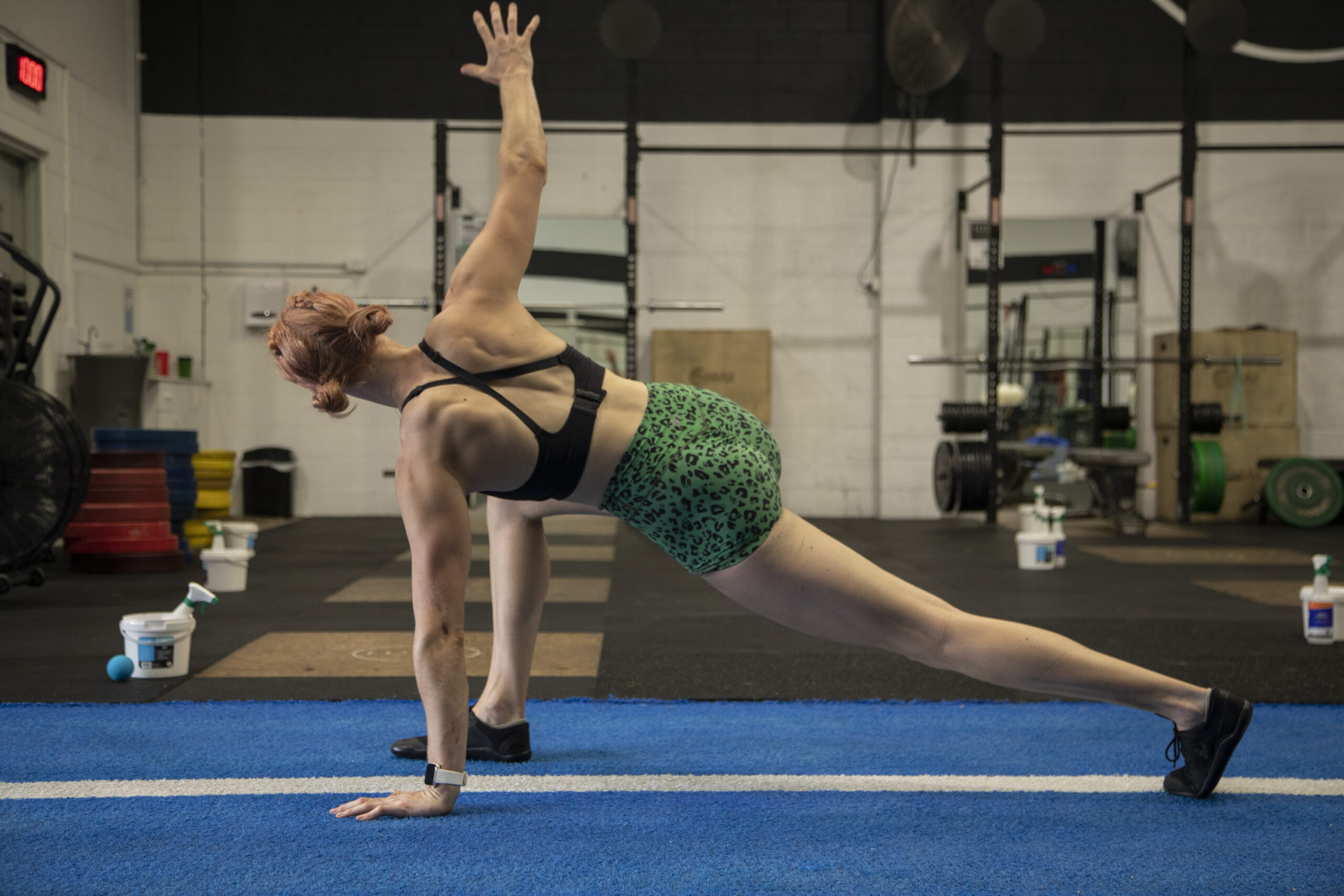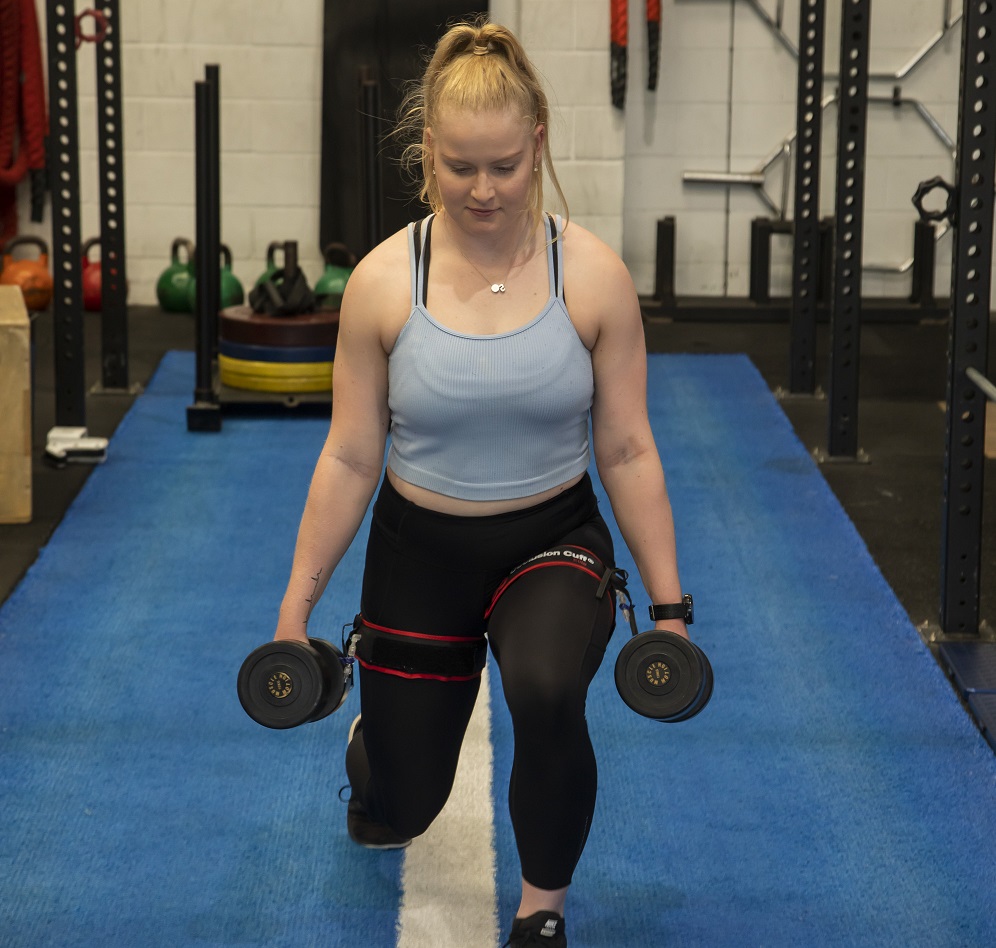Hey there, have you ever heard of an ACL injury? It’s a common sports injury that affects the knee’s anterior cruciate ligament, and it can be pretty painful and debilitating. Thankfully, not all ACL injuries require surgery. In fact, non-surgical treatment, such as exercise rehabilitation, can be just as effective in helping people recover from an ACL injury. And who can help design and guide these exercise rehabilitation plans? Exercise physiologists! In this blog post, we’ll explore the importance of exercise physiologists in ACL non-surgical exercise rehabilitation, and why you might want to consider working with one if you’re dealing with an ACL injury.

ACL Injury and Rehabilitation Process
Before we dive into the role of exercise physiologists in ACL rehabilitation, let’s quickly recap what an ACL injury is and why non-surgical treatment is a viable option. ACL injuries can happen when the knee is twisted, bent, or hit from the side, and can result in pain, swelling, and instability in the knee joint (Mayo Clinic, 2022). Depending on the severity of the injury, non-surgical treatment, such as exercise rehabilitation, can be a great option.
Exercise rehabilitation is an intervention that focuses on strengthening and conditioning the body to promote healing and recovery. In the context of ACL injuries, exercise rehabilitation aims to restore knee function and stability through a series of exercises and movements (Lentz et al., 2012). These exercises may include range of motion exercises, strengthening exercises, balance and stability exercises, and functional exercises that mimic the activities of daily living or sports (Lentz et al., 2012).
Exercise physiologists can assess the extent of the ACL injury, evaluate a person’s fitness level and goals, and design a customised exercise rehabilitation plan that is safe, effective, and tailored to the person’s individual needs.
American College of Sports Medicine, 2014
This is where exercise physiologists come in. Exercise physiologists are trained professionals who understand how the body responds to exercise and physical activity. They can assess the extent of the ACL injury, evaluate a person’s fitness level and goals, and design a customised exercise rehabilitation plan that is safe, effective, and tailored to the person’s individual needs (American College of Sports Medicine, 2014). Exercise physiologists can also monitor a person’s progress over time, modify the plan as needed, and provide guidance and motivation to help them stay on track (American College of Sports Medicine, 2014). In short, exercise physiologists are essential partners in the ACL non-surgical treatment journey.
The Role of an Exercise Physiologist in ACL Rehabilitation
Now that we’ve established the importance of exercise rehabilitation and the role of exercise physiologists in ACL non-surgical treatment, let’s explore some of the benefits of this approach.
First and foremost, exercise rehabilitation can help people avoid the risks and costs associated with surgery, such as infection, anesthesia complications, and postoperative pain and immobility (Bottoni et al., 2010). By focusing on strengthening and conditioning the muscles and tissues surrounding the knee joint, exercise rehabilitation can help improve knee stability, reduce pain, and enhance functional performance (Lentz et al., 2012). This can be especially beneficial for people who want to resume their normal daily activities without limitations.
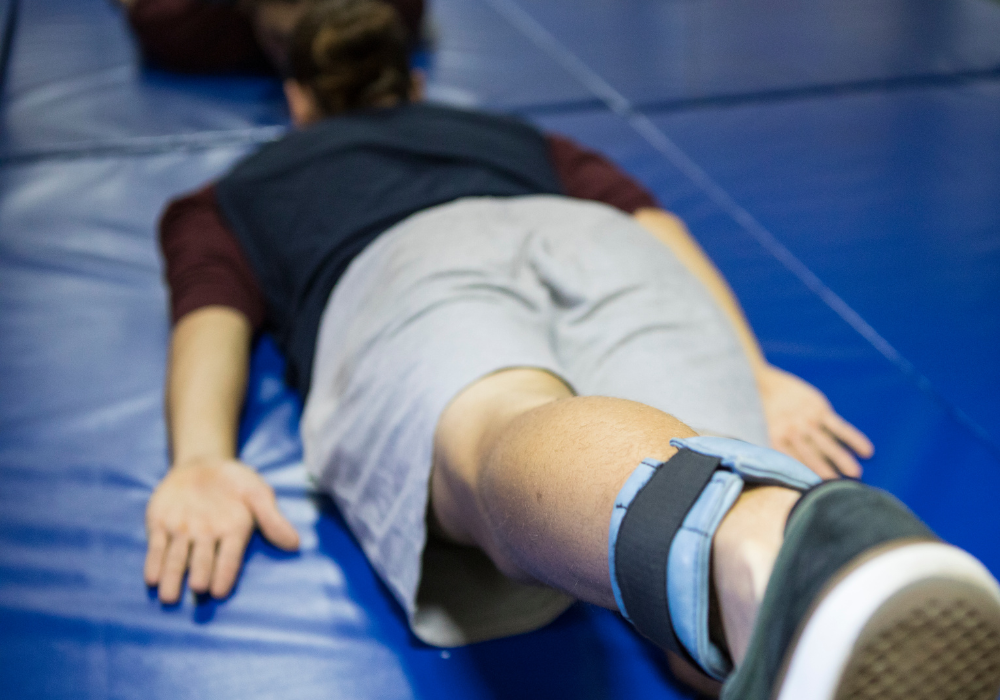
In addition, exercise rehabilitation can be tailored to the individual needs and preferences of each person. Exercise physiologists can assess a person’s fitness level, physical abilities, and goals, and adjust the intensity, frequency, and duration of the exercises accordingly (American College of Sports Medicine, 2014). This means that exercise rehabilitation can be challenging enough to stimulate healing and growth, but not so strenuous as to cause further injury or discomfort. Moreover, exercise rehabilitation can be varied and engaging, with a range of exercises and activities that target different muscle groups and movement patterns. This can help prevent boredom and burnout, and encourage adherence and compliance with the treatment plan.
Lastly, exercise rehabilitation can empower people with the knowledge and skills to manage their own health and wellness in the long term. Exercise physiologists can educate people on self-management, injury prevention strategies, and healthy lifestyle habits that can improve overall health and reduce the risk of future injuries (American College of Sports Medicine, 2014). By learning how to exercise safely and effectively, people can become more confident, self-reliant, and proactive in maintaining their physical and mental well-being.
Overall, exercise rehabilitation under the guidance of an exercise physiologist is a valuable and effective non-surgical treatment option for ACL injuries. By focusing on strengthening, conditioning, and empowering the body and mind, exercise rehabilitation can help people recover from ACL injuries, reduce pain, improve knee stability, and enhance overall quality of life.
The Benefits of Non-Surgical Exercise Rehabilitation for ACL Injuries
If you’ve recently suffered an ACL injury, you might be wondering about your treatment options. While surgery is often recommended for complete ACL tears or other serious knee injuries, non-surgical treatment approaches such as exercise rehabilitation can be a safe and effective alternative for many people. In fact, research has shown that exercise rehabilitation can lead to similar outcomes as surgery in terms of knee stability, function, and quality of life, without the potential risks and complications of surgery (Grindem et al., 2016).
One of the main benefits of exercise rehabilitation for ACL injuries is that it focuses on strengthening and stabilising the knee joint through targeted exercises and movements.
One of the main benefits of exercise rehabilitation for ACL injuries is that it focuses on strengthening and stabilising the knee joint through targeted exercises and movements. By working with an exercise physiologist, you can receive a customised rehabilitation program that is tailored to your specific injury, goals, and fitness level. Your exercise program might include exercises to improve range of motion, increase muscle strength, enhance balance and proprioception, and improve your ability to perform activities of daily living and sports-specific movements.
Another advantage of non-surgical exercise rehabilitation is that it can help reduce pain and swelling associated with ACL injuries. Gentle range-of-motion exercises, as well as modalities such as ice, compression, and elevation, can help decrease inflammation and promote healing in the affected area. As you progress through your rehabilitation program, you’ll also learn how to manage pain and discomfort, and how to modify your exercises to avoid aggravating your injury.
Perhaps one of the most significant benefits of exercise rehabilitation for ACL injuries is that it can help prevent future injuries and improve long-term knee health. By strengthening the muscles around your knee joint, you can improve your knee stability and reduce your risk of reinjury or the development of osteoarthritis later in life (Frobell et al., 2010). Furthermore, exercise rehabilitation can empower you with the knowledge and skills to take charge of your own health and wellness, and to continue to engage in physical activity and sports that you enjoy.
Conclusion
Non-surgical exercise rehabilitation can be a viable treatment option for ACL injuries. Working with an exercise physiologist to develop a personalised rehabilitation program can help you recover your knee function, reduce pain and inflammation, reduce the risk future injuries, and improve your overall health and well-being. While surgery may be necessary in some cases, exercise rehabilitation offers a safe and effective alternative that can produce comparable outcomes without the risks and costs associated with surgery.
It’s important to note that exercise rehabilitation requires commitment, effort, and patience to achieve the desired results. ACL rehabilitation takes 9-12 months to complete, and involves incremental progressions in intensity and complexity. It’s crucial to follow your physiologist’s guidance and instructions, and to communicate any concerns or issues that arise during your rehabilitation journey.
Overall, non-surgical exercise rehabilitation represents an evidence-based and patient-centered approach to ACL injury management that can empower you with the tools and knowledge to optimise your recovery and long-term knee health. By taking an active role in your rehabilitation and working collaboratively with a healthcare professional, you can enhance your quality of life, return to the activities you enjoy, and reduce the risk of further knee injuries.
Want to get back on your feet and recover from your ACL tear without surgery? Our expert exercise physiologists can guide you through a tailored rehab program, helping you rebuild strength and stability, and get you back to your active lifestyle!

